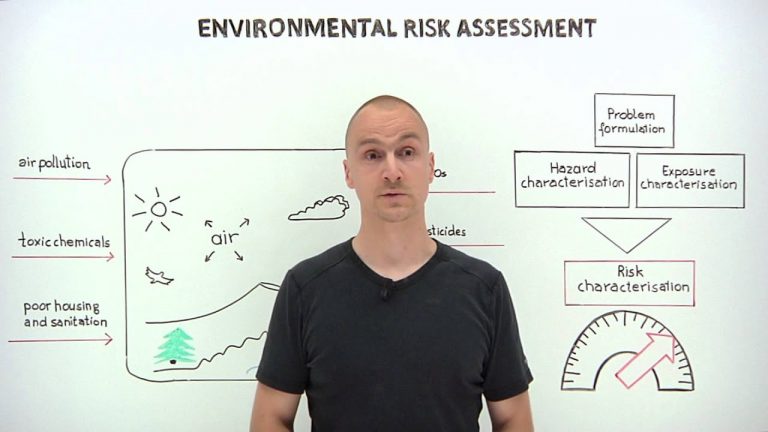There are many ‘Green’ products available on the market, some with claims of increased efficiency, others with an ability to be recycled (but not a benefit in reality unless actually recycled) and some containing an aspect of recycled content, it’s a confusing picture where a lot of trust has been lost to a good marketing angle or soundbite, but a few products can make the claim to be truly beneficial to the environment.

Fabric Ducting is an innovative product made from polyester material that inflates to shape and delivers air into the space in which it’s installed. Each Fabric Ducting is designed and manufactured specifically to suit each project and has major benefits in terms of improved distribution and indoor air quality. It is an aesthetic light weight and low-cost alternative to more traditional steel ducting and diffusers. Read more about our fabric ducting products.
Made from recycled plastic water bottles, Prihoda’s polyester material is 100% post-consumer recycled literally reusing a resource that has been thrown away. The material uses 13 plastic water bottles (500ml size) per m2 of material used in the ducting and as it’s introducing an existing resource into the production process it creates significant savings on water use, energy use and greenhouse gas emissions. Fabric ducting generally also saves on transportation costs and storage space on site and is in itself a recyclable material.
Prihoda UK has already supplied this product to several major retailers, schools and hospitals and in the last year we have provided systems that together reused over 100,000 plastic bottles – these are now fabric ducts that are aesthetically installed and delivering conditioned air into shops and production halls all across the country. Prihoda Design, supply, install and maintain their fabric ducting systems, we are CHAS premium plus registered (PAS91 compliant) and we offer CPD seminars, site visits and design meetings all at no additional cost. Most Prihoda quotations include air flow graphics and noise data and we work with most BIM design software including AutoCad and REVIT. For more details on this product and its resource saving information please visit our website.





Leave a Comment